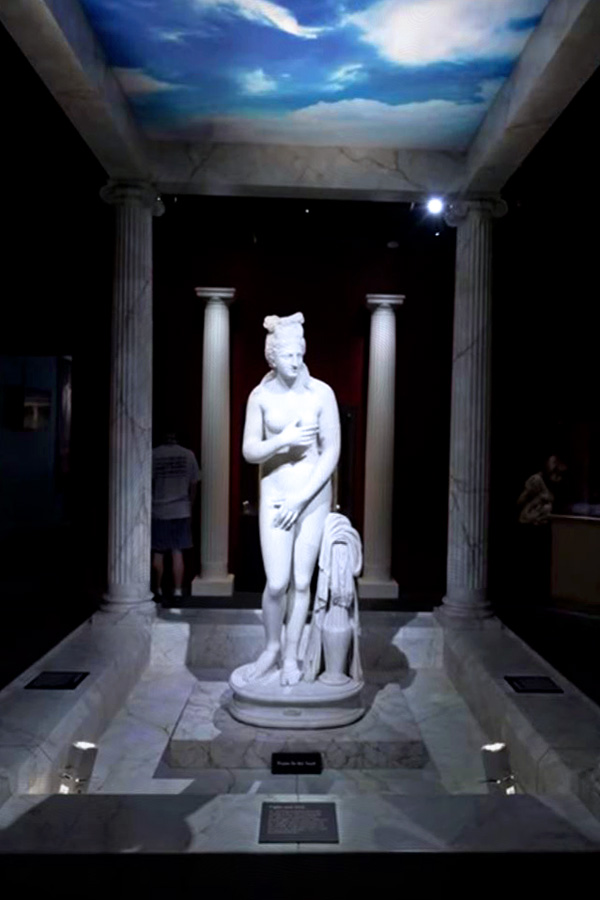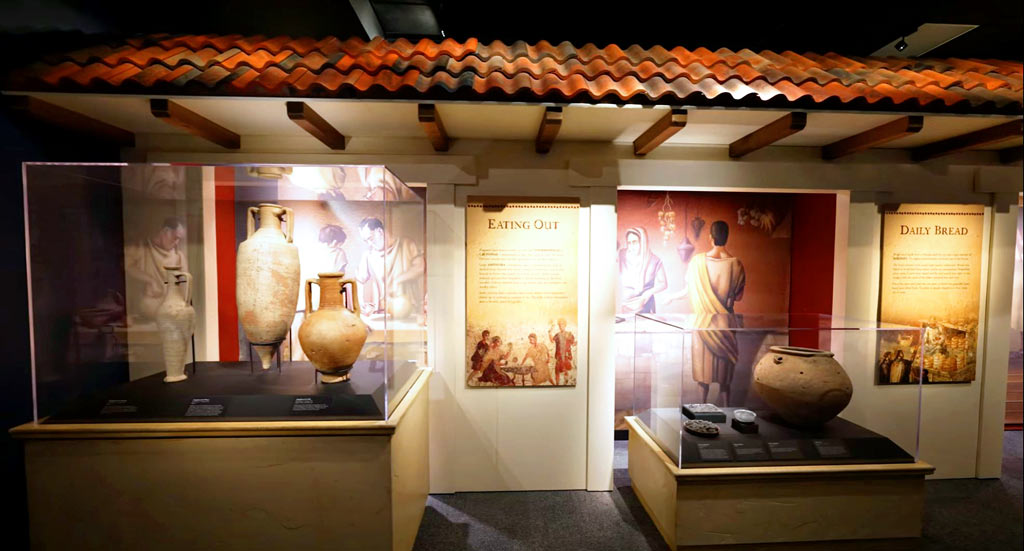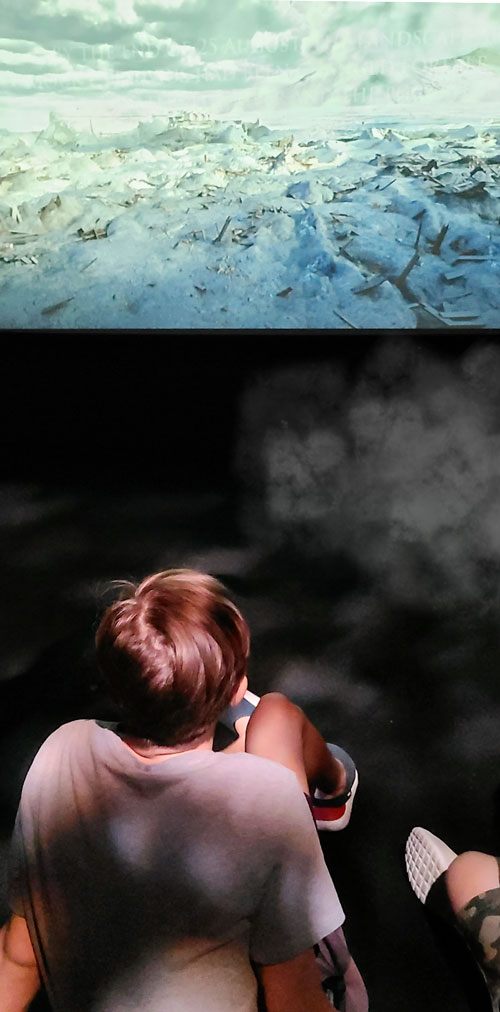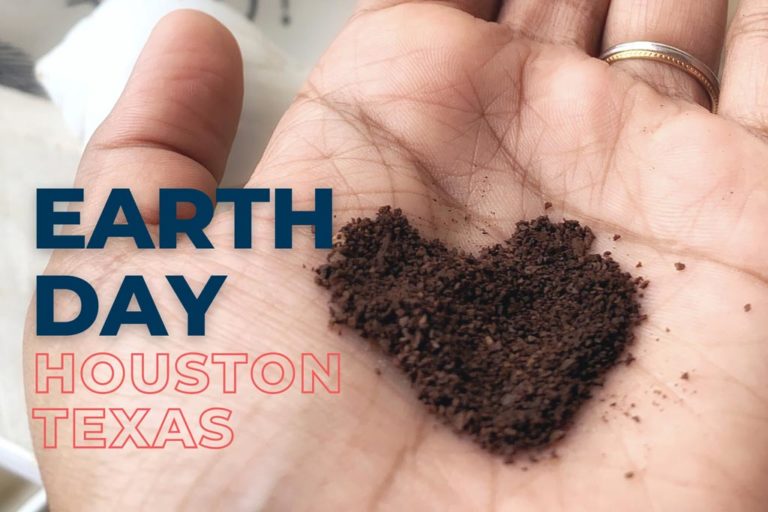Houston Museum of Natural Science ‘Pompeii’ Exhibition is an Explosive Experience
Frozen in time Pompeii is a still life of ancient Roman history. What would the world see we froze our city right now? Then, 2000 years later unwrapped our society – a city preserved in ash. How many people would be found seemingly staring at a block in their hands? What would they think of our homes, food, relationships?
This is Pompeii.
The Houston Museum of Natural Science brings us through the streets and into the homes of ancient Romans. It all comes to life in the new journey POMPEII: The Exhibition.
Enter Pompeii
The exhibit begins in a theatrical manner. You wait in an antechamber with large wooden doors. A short video plays and then the doors dramatically part to reveal the statue of Aphrodite. It is time to visit Pompeii!

The exhibition guides you first through a Roman home. Showing how the homes were usually set around a courtyard for receiving guests. There are remarkably restored mosaic art and statuary.
Then you enter the streets of Pompeii. Here you see a glimpse of day to day life. What the Romans ate from food stalls. How they went to the market. There are artifacts on display for all parts of life from baths, to entertainment, kitchen ware, medical instruments, jewelry, and even erotic art (which was quietly displayed in homes).

As you meander through the day to day it is finally time to explore the end and devastation that the people of Pompeii experienced.
Mt. Vesuvius, Pompeii, and the Unexpected End
In 62 AD an earthquake of 5-6 magnitude badly damaged Pompeii. But, they rebuilt. 17 years later there was little warning that Mt. Vesuvius would obliterate Pompeii from Roman history.
In the fall of 79 AD the people of Pompeii woke un aware of how their day would end. Many were able to evacuate but around 2,000 souls were lost in the devastation of Pompeii. Within 48 hours the city was covered in ash. Inside of two generations Pompeii was forgotten by the Roman world and the rest of history until its discovery in 1748.

As a visitor to Pompeii you get to experience this dramatic ending. (You can pass through) First we enter a large darkened room. Soon the lights go down and a wall-sized screen begins the day. Smoke curls lazily from Mt. Vesuvius, then rumbling beneath your feet simulates the tremors marking time until the eruption. The scene stays the same but as the time ticks by ash begins to fall, fires rage, smoke fills the room, and finally ash settles across the city burying it.
The Casts
After this final scene the entire screen raises to reveal the hall with the body casts. When excavators of Pompeii found holes while digging they poured plaster to make casts of the cavities. What was revealed was the last moments of families huddled together, a man pulling his tunic across his face, a dog contorted as only dogs can.



The room is dramatic and reverent. It has allowed us to peek into history in an unprecedented manner. The entire exhibit is a moving homage to history and those who lost their lives that we can learn from a city preserved as a time capsule.
Experience POMPEII: The Exhibition
When: Daily through Monday, September 6, 2021
Where: The Houston Museum of Natural Science, 5555 Hermann Park Drive
Tickets: $15- $30, and include admission to the permeant exhibit halls







